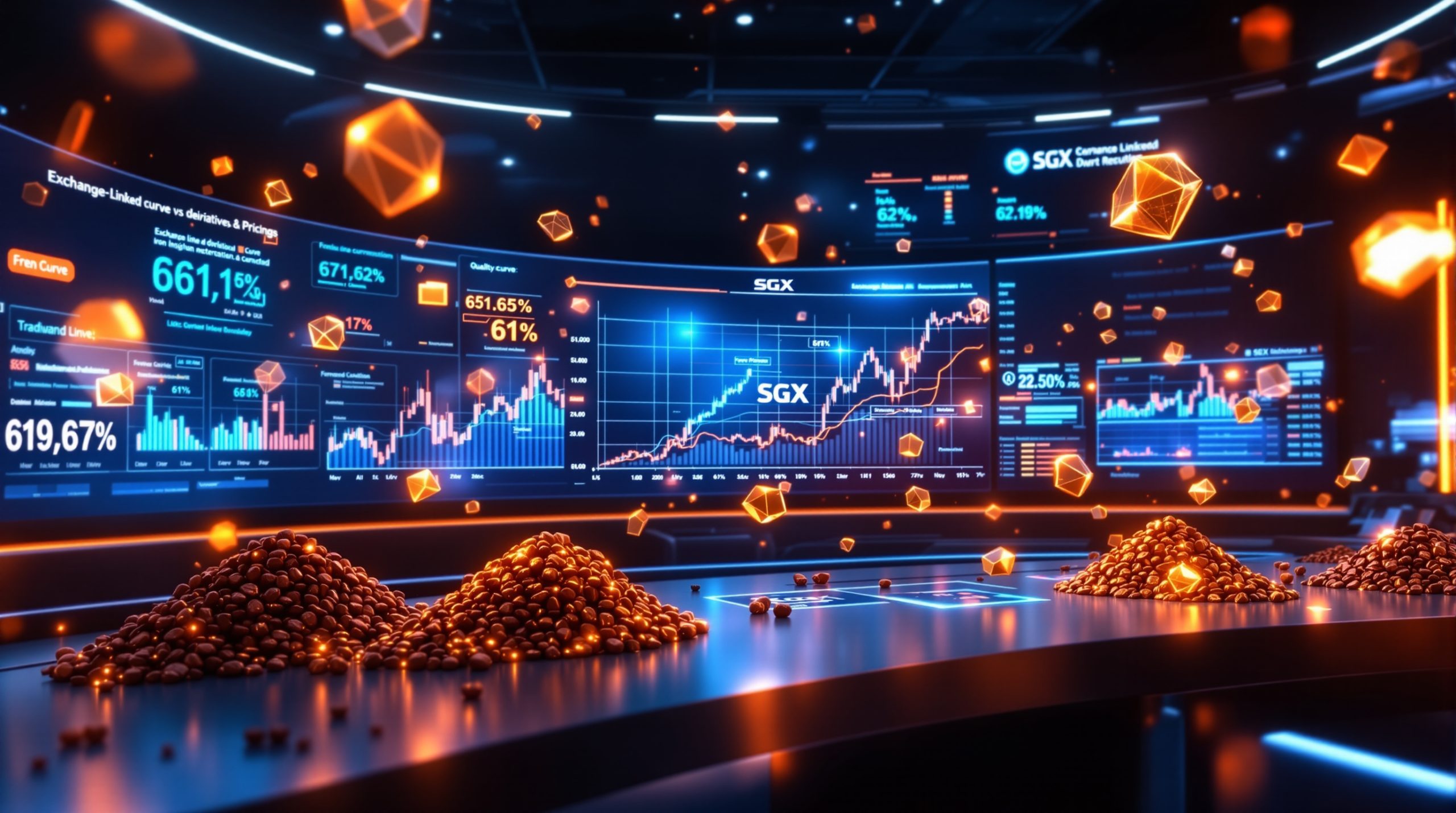What's Driving Gold to All-Time Highs?
Historical Significance of Gold as a Store of Value
Gold's enduring allure transcends time and civilizations, standing as humanity's most reliable store of value for over 5,000 years. While currencies have collapsed and empires have fallen, gold has maintained its purchasing power with remarkable consistency. This precious metal's intrinsic properties—scarcity, durability, divisibility, and universal recognition—have cemented its status as the ultimate financial insurance.
Unlike modern financial instruments that can be devalued through inflation or vulnerable to counterparty risk, gold's intrinsic value remains constant. Archaeological discoveries continue to unearth gold artifacts that maintain their original luster and beauty after millennia underground—a physical testament to gold's role as a reliable hedge in a world of transitory assets.
Dollar Weakness and Gold Strength
The relationship between gold and silver prices has reached a critical inflection point in 2025. The greenback has surrendered approximately 35% of its purchasing power against gold in less than twelve months, with gold prices surging 35% since January. This dramatic shift reflects escalating concerns about dollar stability amid mounting national debt that recently surpassed $35 trillion.
Market analysts point to the Federal Reserve's policy pivot as a key catalyst. With a 70% probability of rate cuts beginning in June 2025, investors are increasingly positioning for a prolonged period of dollar weakness. The inverse correlation between interest rates and gold prices has historically been strong, with lower rates reducing the opportunity cost of holding non-yielding assets like precious metals.
Physical Gold Movement from London to New York
Perhaps the most telling indicator of structural change in gold markets is the unprecedented flow of physical gold from London vaults to COMEX in New York. Over 15 million ounces have stood for delivery this year alone—a staggering quantity that suggests something far beyond normal market activity.
This massive physical transfer appears driven by major players—potentially sovereign entities—seeking to eliminate counterparty risk by taking actual possession of gold rather than relying on paper promises. As Andy Schectman, CEO of Miles Franklin Precious Metals notes, "Sovereignty begins with no counterparty risk… you can think you have sovereignty but if your positions are filled with counterparty risk, how sound is that sovereignty?"
Industry insiders report that these deliveries are creating significant strains in the physical supply chain, with refiners struggling to meet demand for specific bar sizes and hallmarks required for COMEX delivery.
Why Are Central Banks and Nations Accumulating Precious Metals?
Erosion of Trust in Western Financial System
A profound shift in confidence toward Western financial institutions is underway globally. Germany has recently revived concerns about keeping its gold reserves in US vaults, echoing their difficult experience between 2013-2017 when they attempted to repatriate their national gold holdings. After a puzzling four-year delay, German officials received bars with different serial numbers than those originally deposited—raising serious questions about custody practices.
This incident is not isolated. According to banking sources, several European nations have quietly initiated gold repatriation programs, with central banks increasingly prioritizing direct custody over convenience. This movement reflects growing concerns about the potential for asset freezes during geopolitical crises, especially after Western nations weaponized the SWIFT system and currency reserves against Russia in 2022.
Regional Trade Cooperation Against US Influence
The global financial architecture is evolving rapidly as nations seek alternatives to dollar dependency. In a development with profound implications, Japan, South Korea, and China recently held their first trilateral economic dialogue in over five years, explicitly pledging joint responses to Trump's tariff policies fueling gold surge and seeking to establish direct currency exchange mechanisms that bypass the dollar.
This cooperation between two of the top foreign holders of US Treasuries (China and Japan, collectively holding over $1.8 trillion) signals a clear pivot away from US economic influence. The discussions reportedly included frameworks for settling trade in local currencies and coordinating gold purchases to strengthen their respective monetary foundations.
Global Rush for Tangible Assets
Beyond precious metals, nations are racing to secure critical industrial minerals like copper, zinc, and nickel. China's state-backed entities have been particularly aggressive, with copper imports increasing 12% year-over-year despite slowing domestic construction. This pattern of resource acquisition extends to agricultural land and water rights, reflecting a comprehensive strategy to control essential tangible assets.
The gold accumulation by central banks hit record levels in 2023 with 1,136 tonnes purchased, and 2025 is on pace to exceed those figures. Particularly notable is the trend among emerging market central banks, with Turkey, India, and several Southeast Asian nations significantly expanding their gold reserves relative to their total foreign exchange holdings.
How Are Current Market Conditions Affecting Gold and Silver?
Extreme Market Volatility
Recent trading sessions have demonstrated unprecedented volatility in precious metals markets. Gold has experienced $80 price swings within single days—movements that would have been considered exceptional over entire months in previous market cycles. Despite this extreme volatility, gold has shown remarkable resilience, often recovering significant portions of intraday losses and maintaining its overall upward trajectory.
Market technicians have noted unusual trading patterns, with heavy selling typically concentrated in the first hour of COMEX trading and during low-liquidity overnight sessions. These patterns suggest possible attempts to manage price discovery rather than organic market activity, especially given the consistent "V-shaped" recoveries that follow sharp declines.
Silver's Price Action and Potential
Silver has exhibited even greater volatility than gold, with recent drops of approximately $2 bringing prices to around $32 per ounce. This heightened volatility may represent deliberate attempts to flush managed money out of long silver positions on COMEX, potentially allowing commercial banks to cover their short positions at lower prices.
The commercial net short position in silver recently reached levels not seen since 2020, just before silver doubled in price. Experienced silver investors recognize these periodic "wash-outs" as potential buying opportunities, especially when physical demand remains robust. Notably, retail silver premiums have not decreased despite spot price declines—a divergence that suggests strong underlying physical demand.
Absence of Retail Euphoria
Perhaps the most striking aspect of the current precious metals bull market is what's missing: widespread public participation. Despite gold reaching all-time highs above $3,150, mainstream media coverage has been conspicuously muted. Major financial networks like CNBC have largely ignored gold's performance—a stark contrast to their extensive coverage of cryptocurrency movements or tech stock fluctuations.
Retail coin shop owners report steady but not frantic business, with no lines out the door or supply shortages of common products. This absence of retail euphoria suggests the current market is not a typical bubble driven by public speculation but rather a stealth accumulation phase dominated by institutional and central bank buying.
What Are the Predictions for Future Precious Metals Prices?
Major Bank Price Targets
Several prestigious financial institutions have published remarkably bullish projections for precious metals. Bank of America has established a gold price target of $4,500, while Goldman Sachs analysts have suggested similar figures. These targets represent potential upside of over 40% from current levels, despite gold already trading at all-time highs.
These projections are particularly significant coming from mainstream financial institutions that have historically been conservative in their precious metals outlooks. Their analyses increasingly incorporate geopolitical risk factors and central bank diversification trends, rather than focusing solely on traditional drivers like inflation or interest rates. For a deeper understanding of future gold prospects, many analysts reference Macquarie's bold gold price forecast for 2025.
Gold-Silver Ratio Dynamics
The gold-silver ratio—the number of silver ounces needed to purchase one ounce of gold—is currently trading near a 2-year high of approximately 80:1. Historically, this elevated ratio has often preceded periods of silver outperformance as bull markets mature.
While Bank of America suggests this ratio isn't likely to fall significantly in the near term, historical patterns in precious metals bull markets indicate silver typically moves faster and farther than gold in later stages. In the 2008-2011 bull market, silver outperformed gold by nearly 3:1 from trough to peak, and similar dynamics occurred in the 1970s when silver briefly approached its inflation-adjusted all-time high near $150 in today's dollars.
Market Indicators of Economic Concern
Broader financial markets are flashing warning signals that could further strengthen precious metals. The Russell 2000 index has officially entered bear market territory for the first time since 2022, with the NASDAQ declining nearly 6% in recent sessions. These movements suggest growing concerns about economic fundamentals despite superficially strong headline numbers.
The yield curve inversion—historically a reliable recession indicator—has persisted for over 18 months, one of the longest inversions on record. Combined with contracting loan activity and deteriorating consumer credit metrics, these signals suggest potential economic turbulence ahead that could accelerate safe-haven demand for precious metals.
What Are Current Investment Opportunities in Precious Metals?
Gold Investment Options
For investors seeking gold exposure, several attractive options are currently available. One-ounce gold Britannias are offered at $59 over spot price, comparable to the premium for one-ounce gold bars but with the advantage of being more recognizable and potentially more liquid in private transactions.
For those concerned about potential barterability in uncertain times, one-tenth ounce gold Britannias are available at $27 over melt value per coin. This represents better value than most fractional gold alternatives, which typically carry much higher percentage premiums. These smaller denominations provide flexibility for potential smaller transactions while maintaining the benefits of sovereign-minted coinage.
Silver Investment Options
In the silver market, Britannias represent excellent value at $2.99 over spot per ounce—significantly better than American Eagles which command approximately $2 higher premiums per ounce. For larger investments, kilo Valcambi bars offer exceptional value at just $2.20 over spot per ounce, though these carry less divisibility than coin options.
Silver currently presents a compelling case for value investors, particularly given its industrial demand profile. Approximately 60% of silver consumption comes from industrial applications, with significant growth in photovoltaic (solar panel) and electrical vehicle sectors. Unlike gold, silver is consumed in these applications, permanently removing supply from potential recycling.
Platinum as a Value Opportunity
One of the most overlooked opportunities may be in platinum. One-tenth ounce platinum Britannias are available at just $29 over melt value, offering exceptional value based on historical price relationships. Platinum has traditionally traded at a premium to gold due to its greater rarity and industrial applications, yet currently trades at approximately half of gold's price.
This anomalous pricing reflects both market irrationality and specific challenges in the South African mining sector, where over 70% of global platinum is produced. Political instability and electricity supply issues have created significant constraints on platinum production, potentially setting up a supply squeeze as automotive catalyst demand rebounds.
FAQs About Gold and Silver Investing
What's the difference between gold and silver as investments?
Gold serves primarily as a premier asset for wealth preservation—a role it has fulfilled for thousands of years across cultures and continents. Its relatively stable price action and universal recognition make it ideal for preserving purchasing power through economic turmoil, currency devaluations, and geopolitical crises.
Silver, while sharing many of gold's monetary properties, exhibits significantly more volatility and industrial demand characteristics. Currently trading at approximately 1/80th the price of gold, silver is both more affordable for smaller investors and potentially poised for outsized gains if historical patterns from previous precious metals bull markets repeat. However, this greater upside potential comes with corresponding volatility that may challenge investors with shorter time horizons.
What's the difference between "spot" and "melt" value?
In precious metals terminology, "spot" typically refers to the wholesale price of one troy ounce (31.1 grams) of a given metal. This is the price commonly quoted on financial websites and live charts and represents large-bar wholesale transactions between institutions.
"Melt" is a term used when discussing quantities other than one ounce—for example, a one-tenth ounce coin's value would be calculated as the spot price divided by ten. The difference between what you pay and the melt value constitutes the "premium," which covers minting costs, distribution expenses, and dealer margins. Understanding these distinctions helps investors accurately assess the true cost of their precious metals purchases.
Why isn't mainstream media covering gold's all-time highs?
The conspicuous lack of mainstream media coverage despite gold's significant performance reveals important insights about market psychology and possibly media priorities. Unlike previous gold bull markets, current price appreciation has occurred without significant retail investor participation or public awareness.
This media silence likely reflects several factors: the institutional nature of current buying, potential conflicts with major advertising relationships (particularly from the banking sector), and perhaps a reluctance to acknowledge fundamental challenges to the dollar-based financial system. For contrarian investors, this absence of coverage may actually be bullish, suggesting the current bull market has substantial room to run before reaching the public euphoria that typically characterizes market tops.
How might US tariffs affect precious metals markets?
Recent and proposed US tariff policies are creating significant uncertainty in global markets while potentially eroding international confidence in the US financial system. The implementation of broad tariffs tends to increase consumer prices and production costs, potentially accelerating inflation—historically a positive driver for precious metals.
More significantly, aggressive tariff policies may accelerate the ongoing trend of de-dollarization, as nations seek to reduce exposure to potential economic coercion. This could manifest as accelerated central bank purchases of gold and reduced holdings of US Treasury securities. The recent trilateral discussions between China, Japan, and South Korea demonstrate how tariff threats can catalyze precisely the kind of regional economic cooperation that ultimately reduces dollar dependency. For more insights on current precious metals markets, a comprehensive gold market analysis for 2024–2025 along with a recap of gold and silver investment trends can provide valuable perspectives for investors.
Looking for the Next Big Gold or Mining Discovery?
Stay ahead of the market with Discovery Alert's proprietary Discovery IQ model, which provides instant notifications on significant ASX mineral discoveries and translates complex data into actionable investment insights. Explore how historic discoveries have generated substantial returns by visiting Discovery Alert's dedicated discoveries page and begin your 30-day free trial today.




